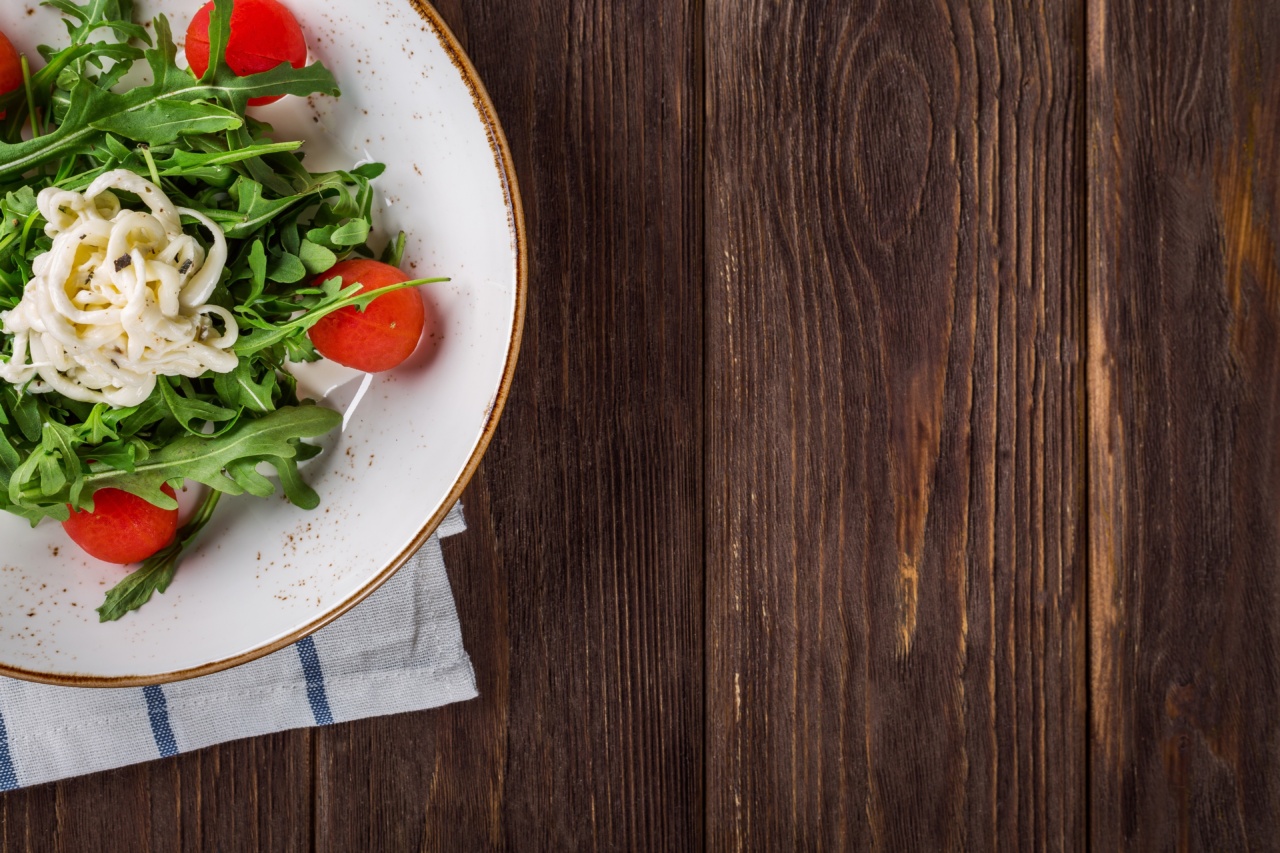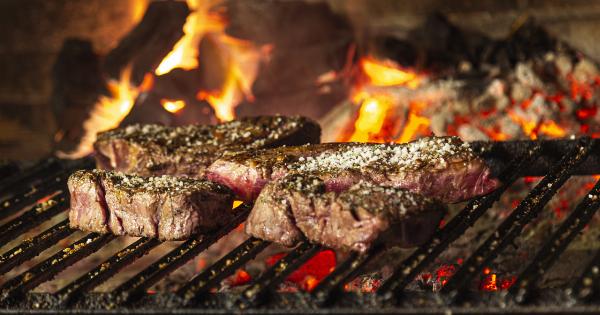It is well known that consuming too much salt in one’s diet can lead to a variety of health problems such as high blood pressure, heart disease, and stroke, among other things.
However, what is not as well known is that despite our best efforts to avoid processed and packaged foods, salt can still manage to find its way into our diet in sneaky ways.
The Sneaky Sources of Salt
From sausages to soup, crackers to cheese, and even some breakfast cereals, it is not just the obvious high-salt culprits we need to watch out for. Here are a few surprising sources of salt that can contribute to our daily intake:.
1. Condiments and Sauces
Sauces and condiments such as ketchup, soy sauce, mustard, and salad dressings can add extra salt to your diet. Most of the time, we don’t even realize how much salt we add while using these condiments to our dishes.
Therefore, it is better to make them at home and using controlled amount of salt.
2. Canned Foods
Canned foods such as beans, vegetables, and soups often contain added salt to help preserve them. Always read labels carefully and choose low-sodium versions, or better yet, prepare fresh ingredients yourself.
3. Processed Meats
Processed meats such as bacon, sausages, and deli meats often contain high amounts of salt. It is recommended to limit the consumption of processed meats as they can have a negative impact on the health in many ways.
4. Snack Foods
Snack foods such as chips, popcorn, and crackers can contain surprisingly high levels of salt. Instead, choose snacks such as fresh fruit, nuts, and seeds, which are low in salt and high in nutrition.
5. Cheese
Cheese is another source of salt that can sneak into our diet. Cheeses like feta, blue cheese, and parmesan contain particularly high levels of sodium. Consider using less cheese or choosing low-sodium options.
6. Baked Goods and Breakfast Cereals
Baked goods such as bread, croissants, and bagels as well as breakfast cereals can contain surprisingly high levels of salt.
It is a wise move to buy only wholesome breakfast options, like rolled oats or porridge, and when it comes to bread choosing whole-grain options is a better choice.
7. Pickles and Olives
Both pickles and olives can be high in salt. Although both of them have their health benefits, it is important to use them in controlled portions.
How to Cut Back on Salt?
The good news is that there are many ways to cut back on salt in our diets without sacrificing flavor. Here are some tips to help you get started:.
1. Use Spices and Other Flavorings
Add flavor to your meals with spices like cumin, coriander, smoked paprika, and oregano. Citrus zest and juice, as well as vinegar, can also boost flavor.
2. Choose Fresh Foods
Choose fresh foods such as fruits, vegetables, and lean proteins instead of processed and packaged foods.
3. Cook at Home
When you cook at home, you can control the amount of salt that goes into your food. It is better to avoid using salt while cooking and instead, opt for herbs and spices to add taste.
4. Read Labels Carefully
Always read the labels on processed and packaged foods. Choose low-sodium options whenever possible.
5. Eat Mindfully
When you eat mindfully, you are more aware of the flavors in your food and you are less likely to over-salt your meals. Chew your food slowly and enjoy each bite.
Conclusion
Reducing the amount of salt in our diets can have a significant impact on our overall health.
By being aware of the sneaky sources of salt in our diets and making small changes to our food choices and cooking habits, we can reduce our salt intake and improve our health and well-being.































